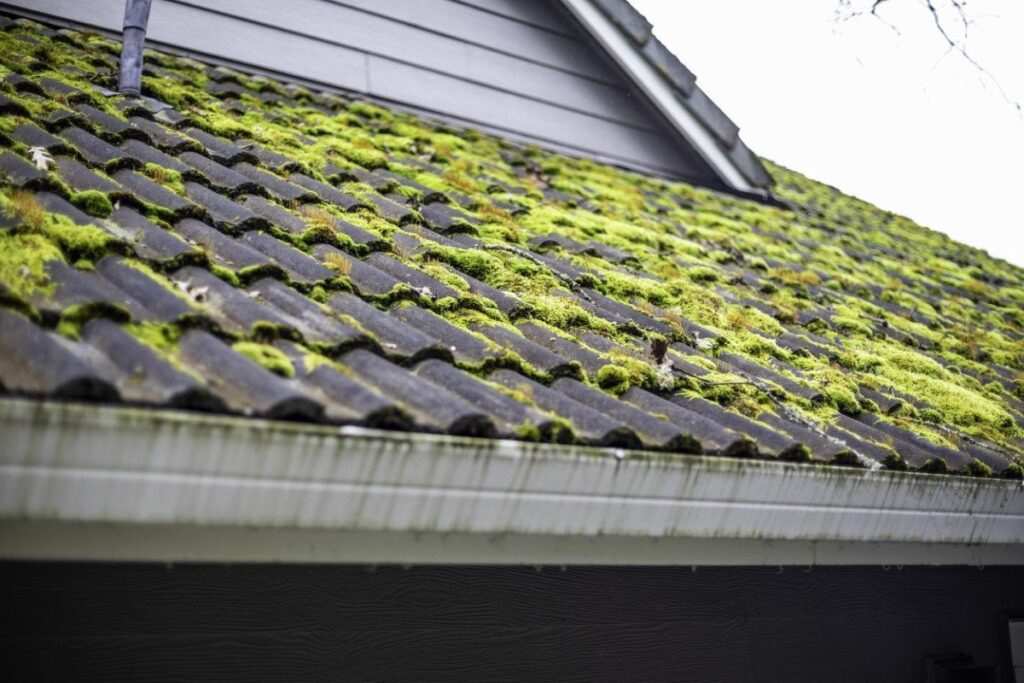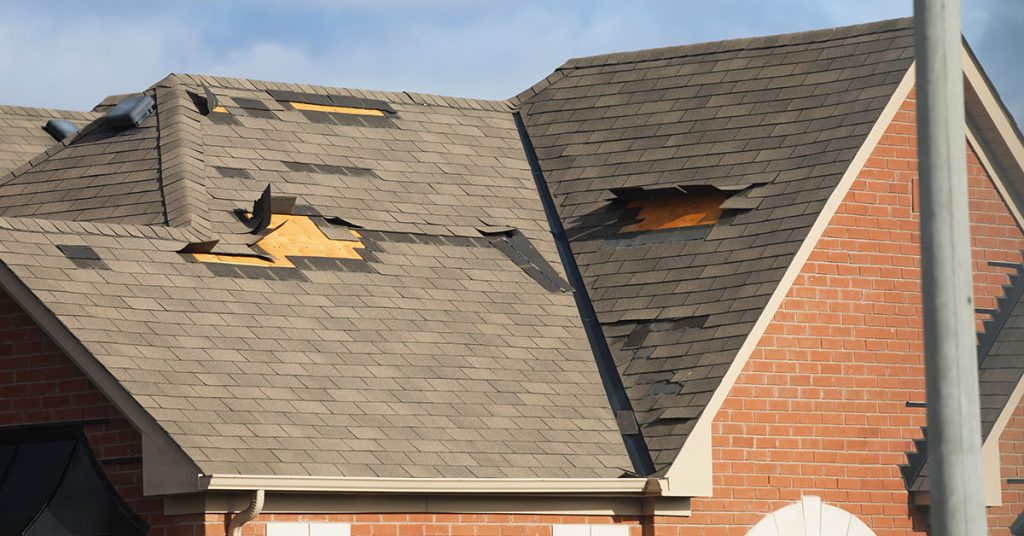Wear the appropriate safety equipment. Put on a pair of thick rubber gloves, a respirator or breathing mask, and goggles or another form of eye protection before you begin. The chemicals you’ll be using to treat your roof shingles will irritate your eyes and airways if you don’t have them.
Dress professionally for the job. Wearing protective clothing, such as pants and a long-sleeved shirt, will protect your skin from contact with bleach and other harsh chemicals. A pair of slip-resistant work boots or outdoor shoes are also required to ensure proper traction on the slippery, mold-covered shingles.
Plants nearby should be covered or sprayed. Chemical runoff can harm healthy vegetation. To prevent the chemicals from sticking, mist the surrounding trees and shrubs with a garden hose. You could also cover your prized flower bed or vegetable garden with a plastic tarp if you don’t want to take any chances.
When climbing onto the roof, take the necessary safety precautions. Locate a stable patch of ground and place a sturdy ladder there. Make sure the location you choose provides direct access to the roof with no awkward obstructions in the way. Climb each rung gradually, one at a time, until you can reach the roof.
Move with caution. Roofs that are angled can be steeper than they appear. It will be critical to keeping an eye on your step at all times. Keep your eyes on your feet as you walk around the roof, and avoid putting your full weight down until you’re sure your footing is secure. The slightest miscalculation could result in a fall if you are not careful.




